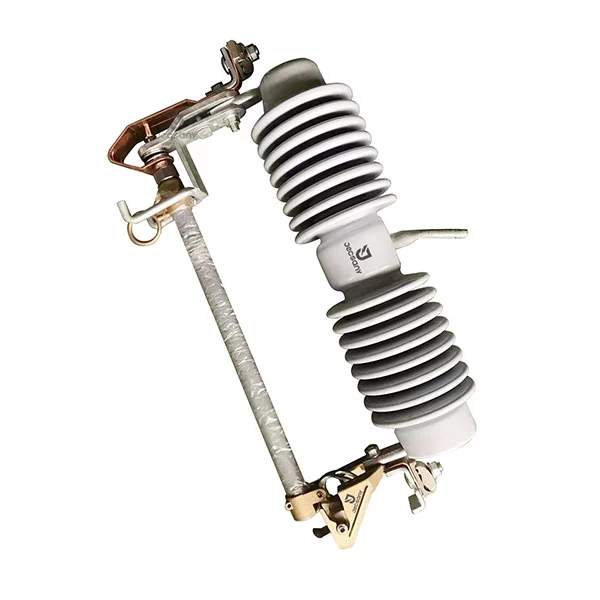What are the two functions of a fuse cutout?
2024-03-26
A fuse cutout, also known as a dropout fuse cutout or fuse switch disconnector, is an essential component in electrical distribution systems. Its primary function is to protect distribution lines and equipment from overcurrent conditions, typically caused by faults or short circuits. Here are the main functions of a fuse cutout:

1. Overcurrent Protection: The primary function of a fuse cutout is to protect electrical distribution lines and equipment from excessive current flow. When a fault or overload occurs in the system, such as a short circuit or overcurrent condition, the fuse cutout interrupts the flow of electricity to prevent damage to downstream equipment and to safeguard the integrity of the distribution network.
2. Automatic Disconnection: Fuse cutouts are designed to automatically disconnect the affected section of the distribution line in the event of a fault. This rapid disconnection helps isolate the faulted portion of the system, minimizing the impact on the rest of the network and reducing the risk of extensive damage.
3. Selective Coordination: Fuse cutouts are often coordinated with other protective devices in the distribution network to ensure selective tripping. Selective coordination involves coordinating the operation of protective devices such as fuses, circuit breakers, and reclosers to ensure that only the nearest protective device to the fault operates, allowing for faster fault clearance and minimizing downtime.
4. Visual Indication: Many fuse cutouts are equipped with visible indicators, such as blown fuse indicators or flag mechanisms, which provide visual confirmation when the fuse has operated and needs to be replaced. This allows maintenance personnel to quickly identify and locate the faulted section of the distribution line for inspection and repair.
5. Remote Operation: In some installations, fuse cutouts may be equipped with remote operation capabilities, allowing for the manual or automatic operation of the cutout from a central control point. This remote operation feature enhances the flexibility and efficiency of the distribution system, particularly in large-scale networks or smart grid applications.
6. Arc Suppression: Fuse cutouts are designed to suppress arcs that may occur during the interruption of current flow. Arc suppression mechanisms help protect personnel and equipment from the potentially hazardous effects of electrical arcs, such as heat, fire, and explosion.
In summary, fuse cutouts serve as critical protective devices in electrical distribution systems, providing overcurrent protection, automatic disconnection, selective coordination, visual indication, remote operation, and arc suppression to ensure the safe and reliable operation of distribution lines and equipment.


